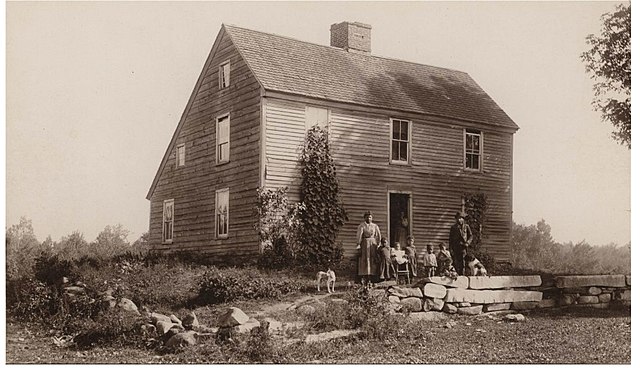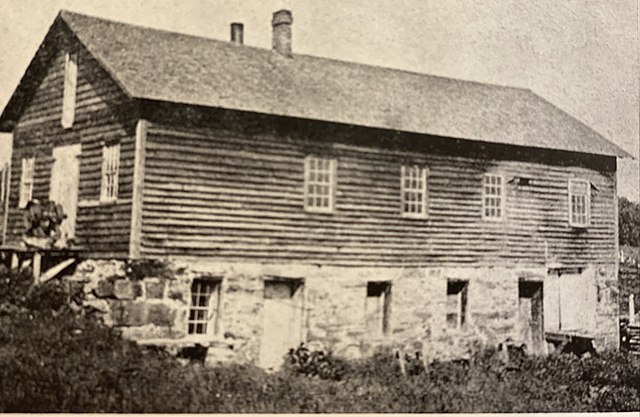Mary Ann Day Brown was the second wife of abolitionist John Brown, leader of a raid on Harpers Ferry, Virginia, which attempted to start a campaign of liberating enslaved people in the South. Married at age 17, Mary raised 5 stepchildren and an additional 13 children born during her marriage. She supported her husband's activities by managing the family farm while he was away, which he often was. Mary and her husband helped enslaved Africans escape slavery via the Underground Railroad. The couple lived in Pennsylvania, Ohio, and in the abolitionist settlement of North Elba, New York. After the execution of her husband, she became a California pioneer.
Mary Ann Brown (née Day), wife of John Brown, married in 1833, with Annie (left) and Sarah (right) in 1851.
Sarah Brown in 1912, recreating the conditions of their trip to California. (Dress and covered wagon are replicas.)
John Brown's burial, Brown family farm, North Elba, New York, December 8, 1859. Note the boulder on the left.
John Brown (abolitionist)
John Brown was a prominent leader in the American abolitionist movement in the decades preceding the Civil War. First reaching national prominence in the 1850s for his radical abolitionism and fighting in Bleeding Kansas, Brown was captured, tried, and executed by the Commonwealth of Virginia for a raid and incitement of a slave rebellion at Harpers Ferry in 1859.
Brown in a photograph by Augustus Washington, c. 1846–1847
The house in which Brown was born, in Torrington, Connecticut, was photographed in 1896 and destroyed by fire in 1918.
John Brown's Tannery, in 1885
Mary Ann Brown (née Day), wife of John Brown, married in 1833, with Annie (left) and Sarah (right) in 1851






